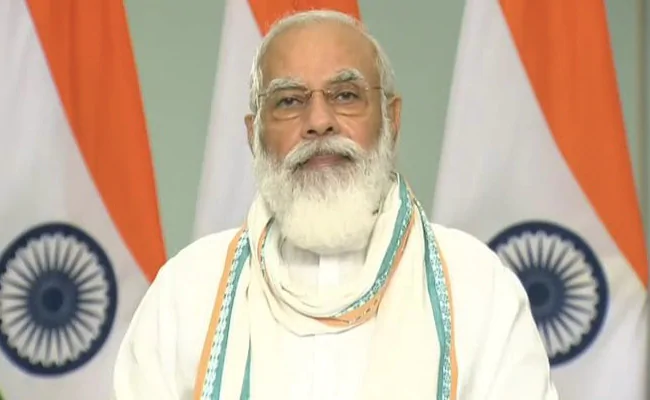In the recent political landscape, the focus has narrowed down to two significant figures: Narendra Modi and Chandrababu Naidu. The BJP, led by Modi, experienced a setback in the latest election, while Naidu emerged victorious. Their political relationship dates back to 1999 when Naidu supported Vajpayee’s NDA. Over the years, their alliance has seen ups and downs, with Naidu rejoining Modi in 2024 after a brief separation.
The BJP’s decade-long dominance has faced challenges, particularly with unexpected defeats in regions like Uttar Pradesh. Despite predictions that Modi’s allies would diminish his power, he has maintained a strong hold, assigning mostly minor portfolios to all but a few key allies such as TDP, JD(S), and LJP. This strategy underscores Modi’s continued influence in Indian politics.
The rise of the BJP coincided with the emergence of regional political forces in the 1980s and 90s, as the Congress party began to decline. Leaders like NT Rama Rao, MGR, Karunanidhi, Jayalalithaa, Lalu Prasad Yadav, Mulayam Singh Yadav, Mamata Banerjee, Nitish Kumar, the Thackerays, Chandrababu Naidu, Naveen Patnaik, and KCR became prominent figures, often collaborating with or opposing Congress.
Naidu and the BJP have been consistent allies against Congress since 1999. Naidu’s father-in-law, NT Rama Rao, significantly contributed to Congress’s decline by securing a landslide victory for the TDP during the 1984 Indira Sympathy Wave. This victory highlighted TDP’s national importance, becoming the main opposition party in the Lok Sabha.
Although Naidu lacks the charisma of NT Rama Rao, he is a pragmatic leader who leverages technology and modernity, akin to Modi during his tenure as Gujarat’s Chief Minister. Both leaders have strong regional bases and work well with bureaucrats. However, unlike Modi, Naidu hasn’t always enjoyed unwavering support from the central government, especially during the UPA era.
Despite this, Naidu is not merely an opportunist; he is a regional leader focused on securing benefits for Andhra Pradesh. Predictions that Modi would falter due to discontent among his allies over cabinet positions have proven incorrect. Naidu’s alliance with Modi is driven by mutual benefits: supporting Modi translates to benefits for Andhra Pradesh, reinforcing Naidu’s political strength.
Naidu has not held many high-profile positions in the NDA government, but his influence is significant. He continues to seek funds for Andhra Pradesh and his ambitious project, Amaravati. Modi, aware of Naidu’s necessity within the NDA, recognizes the potential threat posed by Naidu’s connections with leaders like Sonia Gandhi and Sharad Pawar.
As political dynamics evolve, alliances and enmities will shift. Despite the BJP leading a minority government, Modi remains confident in his coalition. Naidu, while supportive of Modi, represents a potential challenge due to his cordial relations with Modi’s rivals. The political landscape is poised for significant changes, with leaders likely to reassess their positions and strategies.

